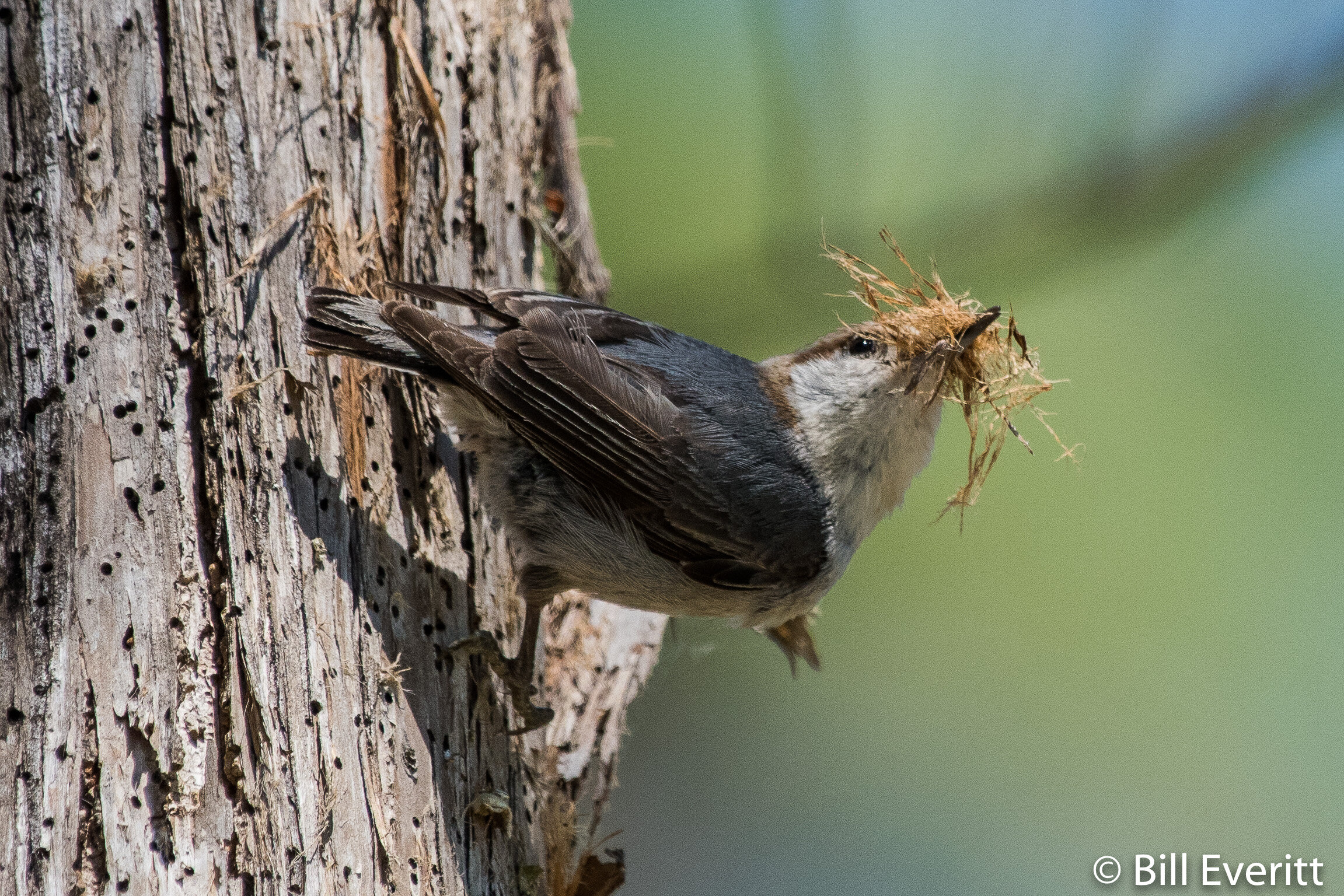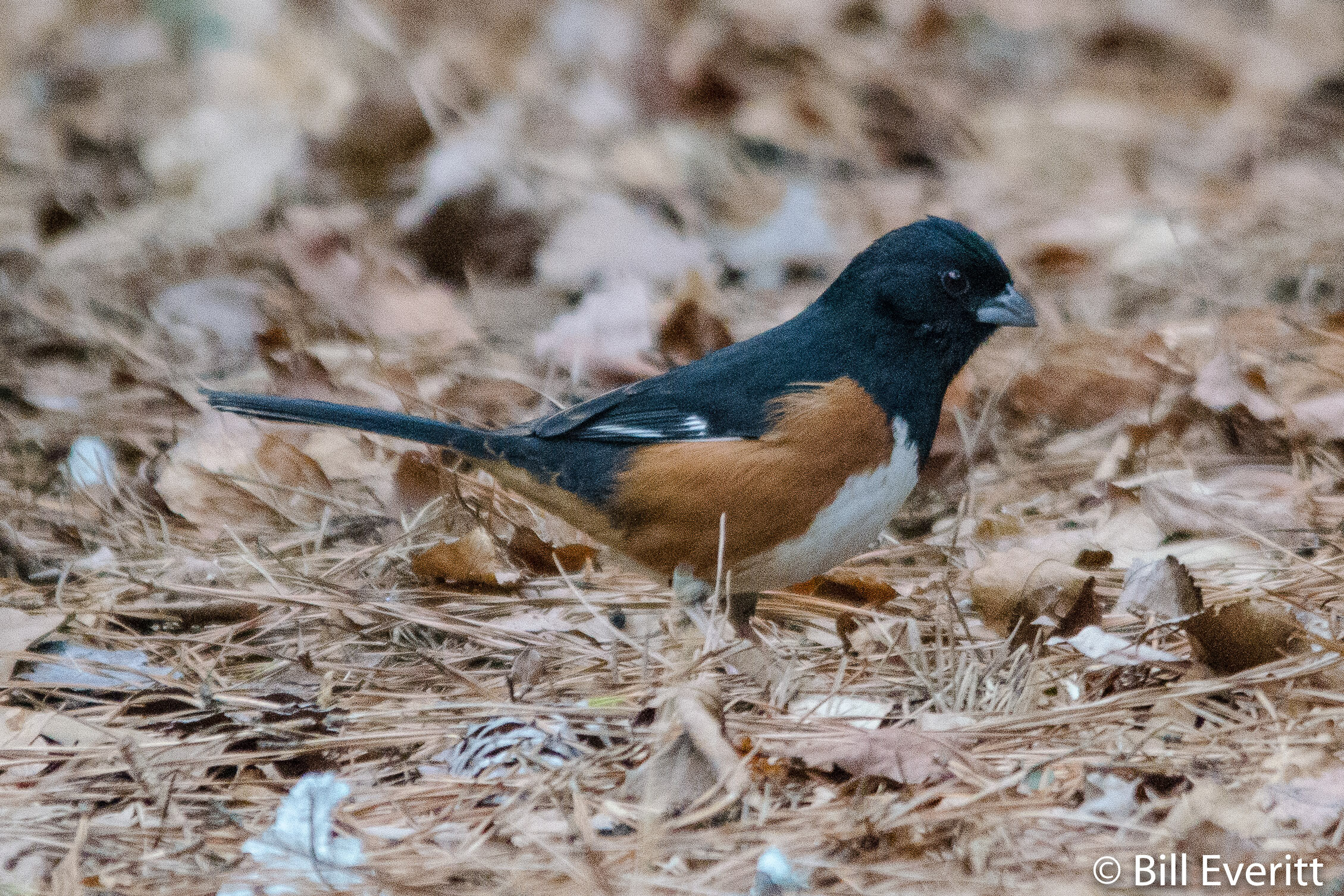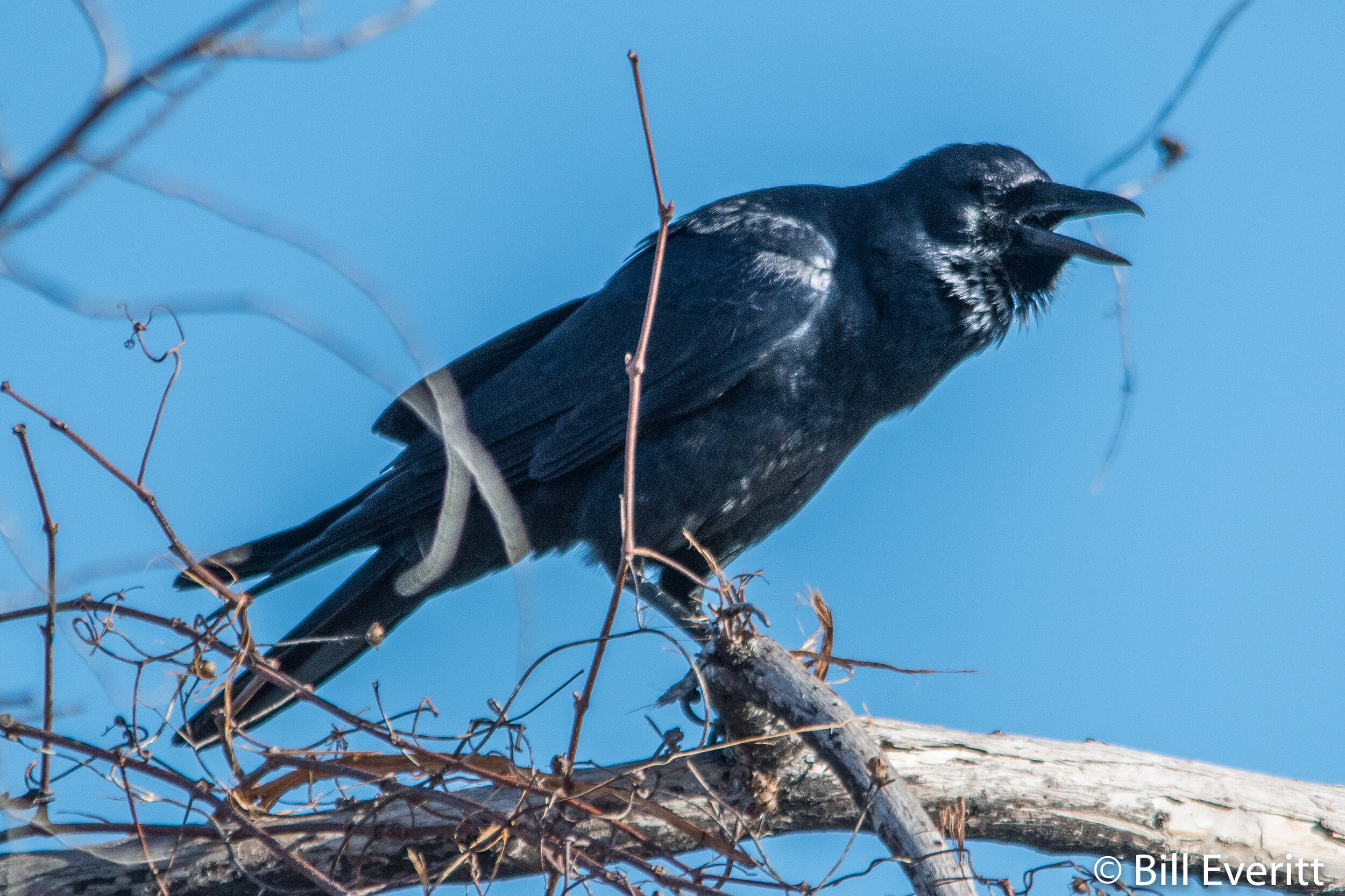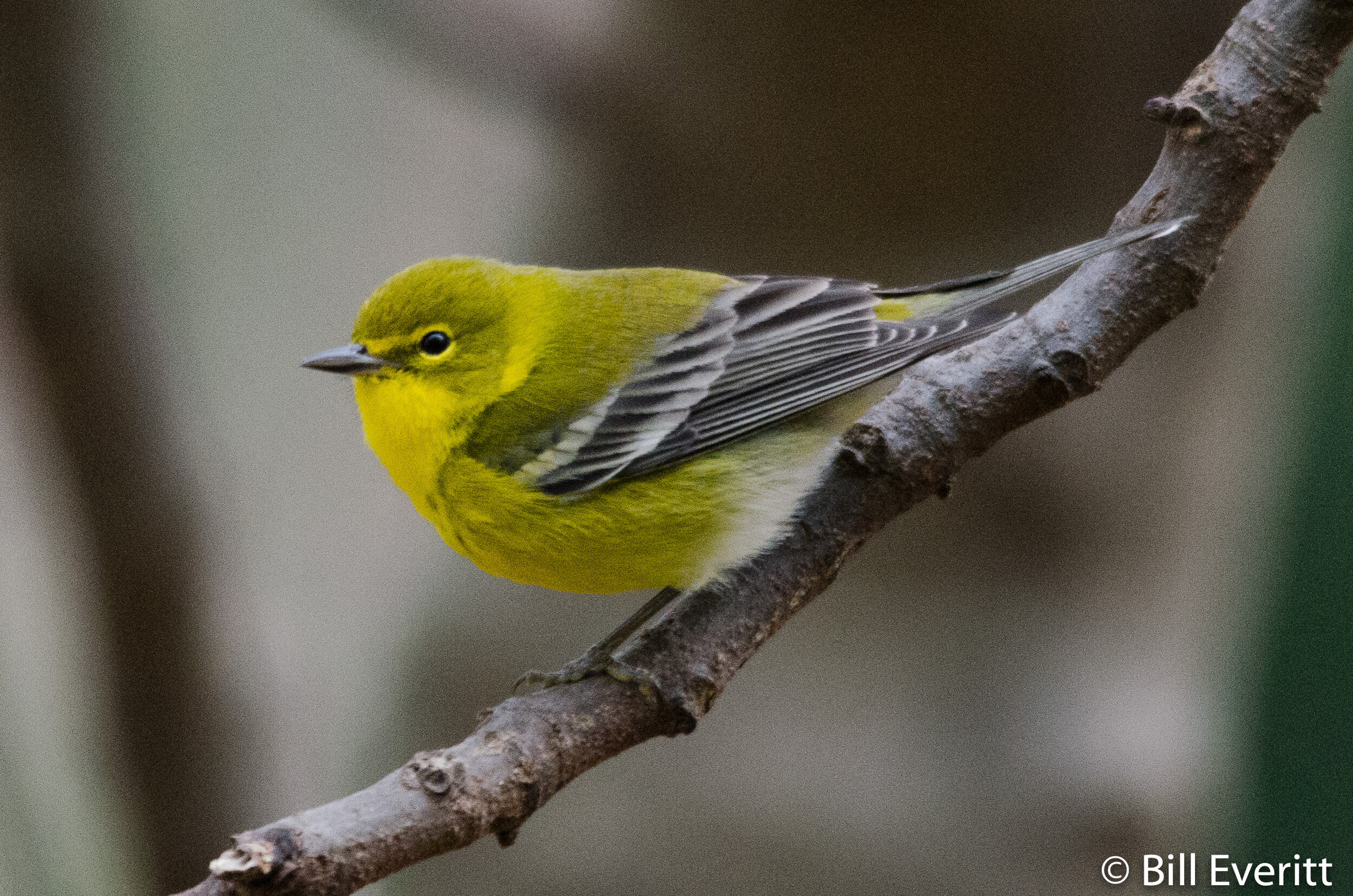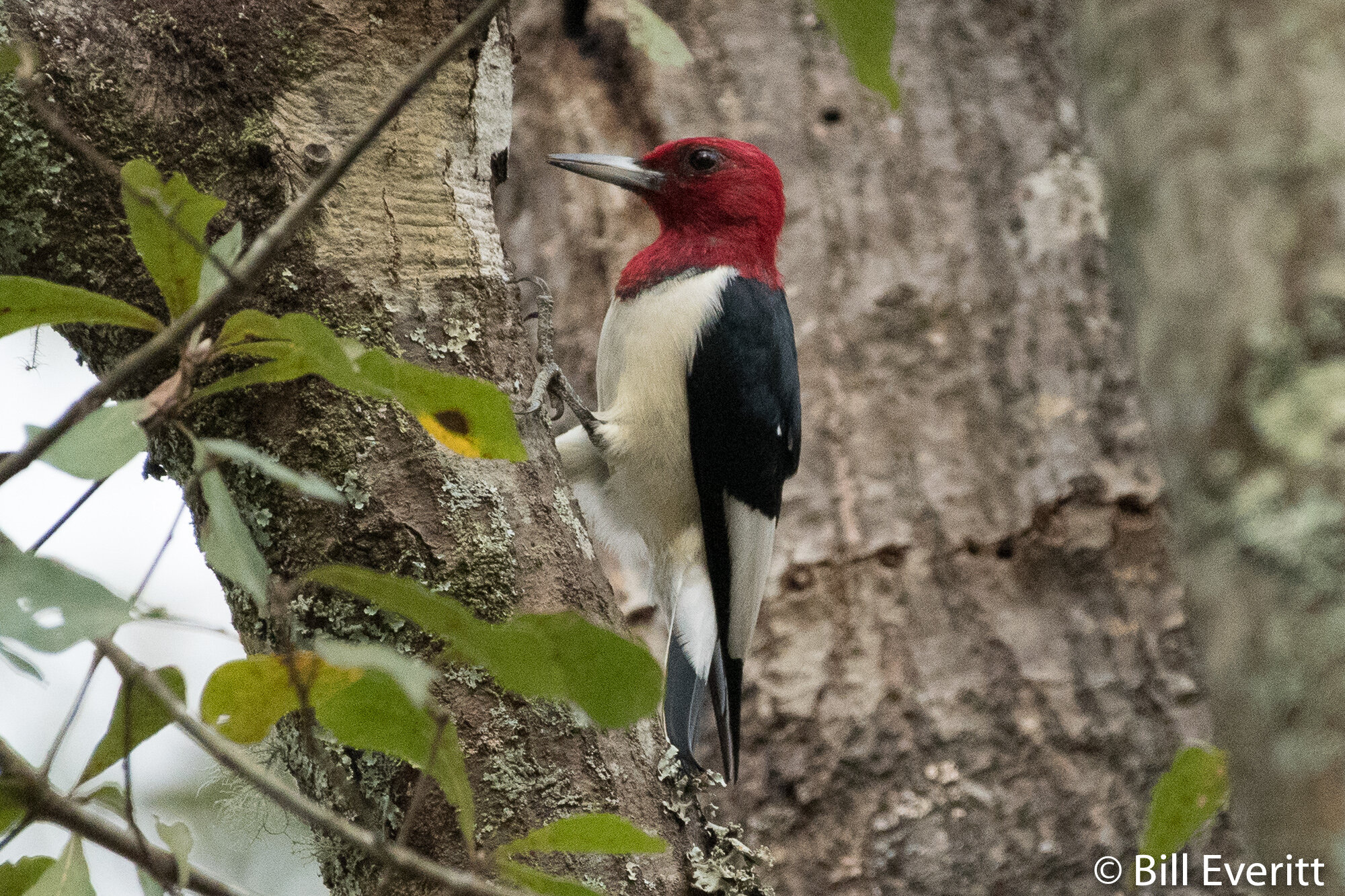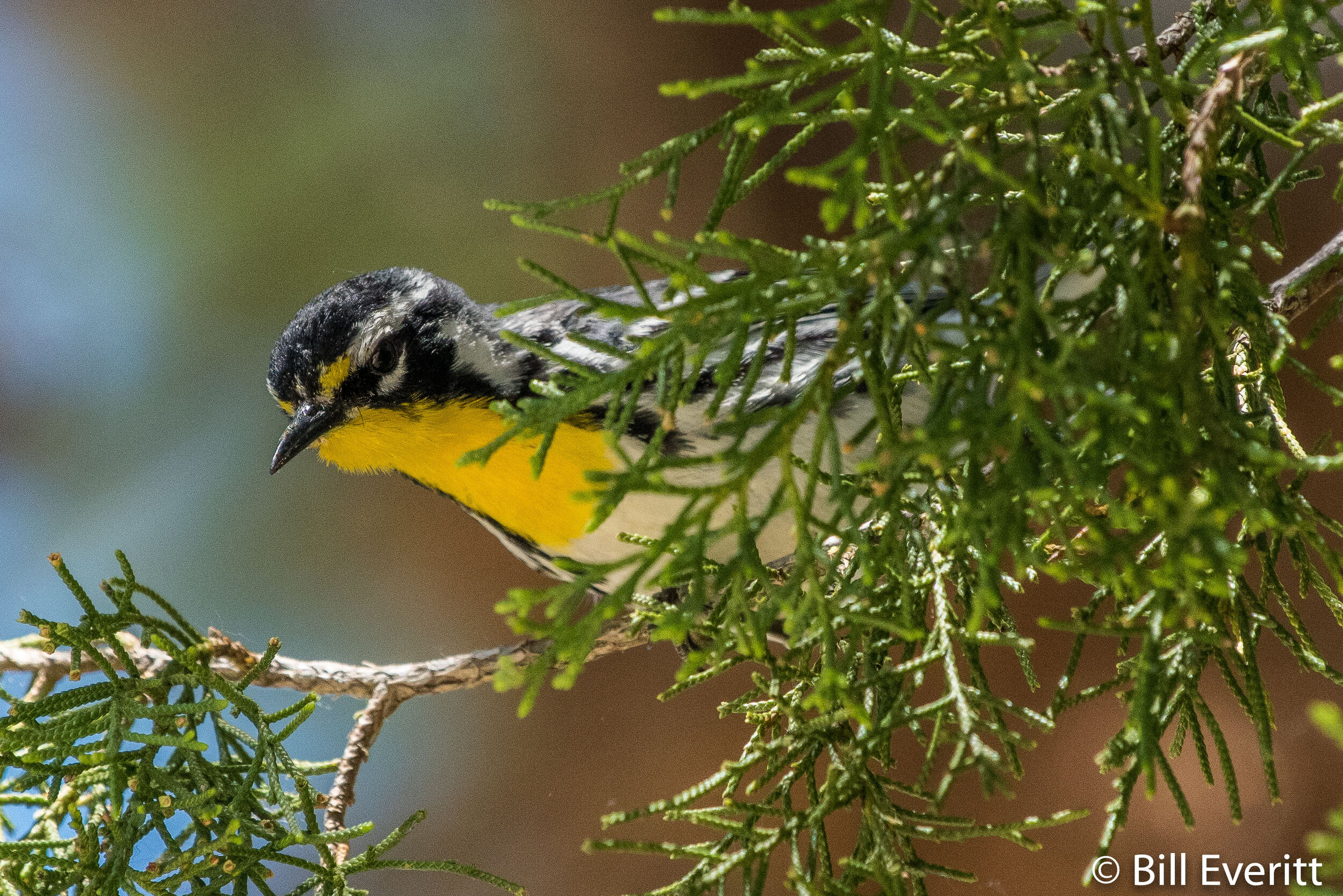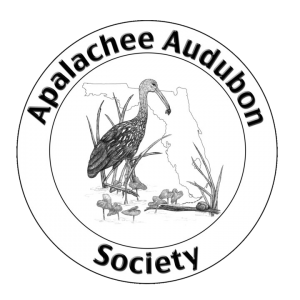By Donna Legare
Since the pandemic, my husband, Jody, and I have been exploring new places to hike. We enjoy walking through fields and forests botanizing and observing nature in all its forms while getting fresh air and exercise.
Native swamp azalea in full fall color, sporting flower buds, at the St. Marks River Headwaters Greenway
I am thankful to live in an area of the country where there are so many forested areas. It makes me appreciate the ecosystem services that these forests provide. They protect water quality and supply, conserve soil, sequester carbon, purify air, provide habitat for wildlife and places for people to relax and be with nature.
You may be surprised to learn that there are some forests right here in Leon County that are under the management of the Leon County Parks and Recreation Department.
I have been walking the Miccosukee Greenway for years but had never heard of the Fred George Greenway Park or the St. Marks Headwaters Greenway until I contacted Leigh Davis, Director of Leon County Parks and Recreation, to ask her to speak at Apalachee Audubon Society’s January program meeting on Zoom.
She will present a program called "The Forests of the Leon County Park System." The Zoom program takes place on Thursday, Jan. 21, 2021 from 7-8 p.m. The program is free, but registration is required: https://bit.ly/3ngFbjq
Davis will share information about existing and planned trails and boardwalks in some of the forested parks under her management. She will familiarize us with her department and how it works. Davis’ public service career spans two and half decades and includes over 15 years with Leon County.
The St. Marks River Headwaters Greenway
Jody and I have been exploring some of the trails of these forests. We were greeted one cool December morning by a Yellow-bellied Sapsucker as we started along the trail at the St. Marks Headwaters Greenway. This 755-acre park at the corner of Buck Lake Road and Baum Road, which opened in 2018, consists of old fields reverting to a mixed pine/hardwood forest as well as an intact bottomland hardwood forest.
Both forest types protect the headwaters of the St. Marks River, designated as an Outstanding Florida Water. Approximately 5000 feet of the upper waters of the St. Marks River flow through the park. I look forward to learning more about this and other forested parks in the care of our Leon County Parks and Recreation Department.
The approximately 3 miles of trails are not marked. I took a photo of the trail map at the kiosk in the parking area so we could find our way around. I would recommend taking some of the spur trails that are not on the map that take you to the wetlands that are the beginnings of the St. Marks River.
Interpretive sign found along Miccosukee Greenway informs trail users about a rare forest community.
Visit during the winter; we tried hiking here last summer, but the mosquitos ran us out. The County plans to open more of the park to hiking trails, a boardwalk and overlook which will allow access to the wetlands.
One of our favorite woodlands is found along the Miccosukee Greenway, closest to the Crump Road entrance.
The trail will lead to a Miccosukee Road crossing and you will eventually come to an informative sign on the right side of the trail. The sign describes a now rare community of trees on 45.6 acres called the North Florida Red Oak Woods. It was once a common type of upland forest on the Red Hills of North Florida, but much was converted to farmland and now housing developments.
It is dominated by shortleaf pine, mockernut hickory, post oak, southern red oak, and black oak. Other trees include loblolly pine, rusty blackhaw, Chickasaw plum, black gum, dogwood, water oak, laurel oak, basswood, sweetgum, sassafras, white oak, sugar berry, red buckeye, Florida chinquapin, fringe tree, hawthorn, southern crab apple, red mulberry, wax myrtle, black cherry, and winged sumac.
A splash of fall color in a mixed pine/hardwood forest.
This type of forest evolved with periodic fires. Prescribed burning is recommended for its management, otherwise the shade and leaf litter produced by young hardwood trees will eliminate the once abundant herbaceous ground cover and the forest will become a more common oak/hickory forest.
At Fred George Greenway Park at Fred George Road and Capital Circle Northwest, there are two miles of hiking trails on 160 acres with parking, restrooms and playing fields on another 15 acres. We mostly explored a section of giant live oaks that leads down to a wetland where a small stream flows into a sinkhole, disappearing under a pile of logs into the aquifer.
Fred George Greenway was established in 2016 to protect this and another sinkhole and the aquifer below them. The forest protects the quality of the water ensuring cleaner water in our aquifer. We also noticed evidence of prescribed burning on the longleaf pine uplands. I want to return to see the huge cypress trees that somehow escaped harvest years ago.
More well-known are the Miccosukee Canopy Road Greenway (503 acres) and the J.R. Alford Greenway (874 acres) located at the end of Pedrick Road. This is a great park for bike riding as there are 17.5 miles of trail. It is a mixture of open pasture and forested woodlands. I enjoy the slower pace of walking especially during the fall wildflower season where there are many pollinators and other insects to observe.
Birders Ann and Don Morrow reported a flock of 50 blue grosbeaks in trees at the edge of an open field in late September. As Ann and Don approached, the bright blue males and less colorful females flew across the field, enabling the count. Bring your binoculars if you visit this park. One trail leads to the spectacular pedestrian bridge that connects this greenway to the Lafayette Heritage Trail.














